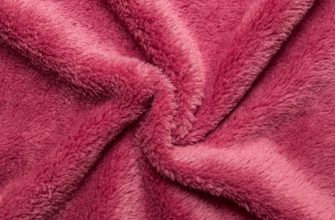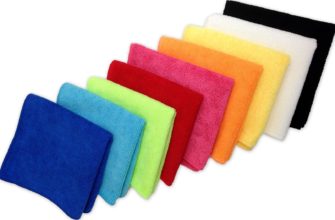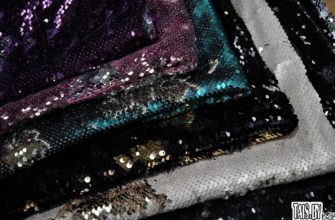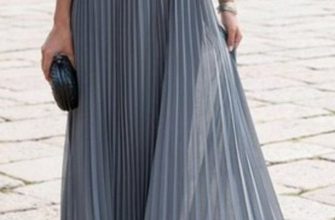What is membrane fabric? This new material of synthetic origin is used to make quite a lot of things intended for winter active recreation and other sports. Suitable for those who are looking for clothes that will protect against certain weather conditions and will be comfortable at the same time.
What is a membrane
Membrane fabric - what is it and where is it used? The very word "membrane" implies a web and is associated primarily with the topic of biology. However, there is also a fabric with the same name, of synthetic origin. It is multilayered, and due to this, it provides protection and convenience. First of all, membrane fabric is aimed at selectively repelling water.
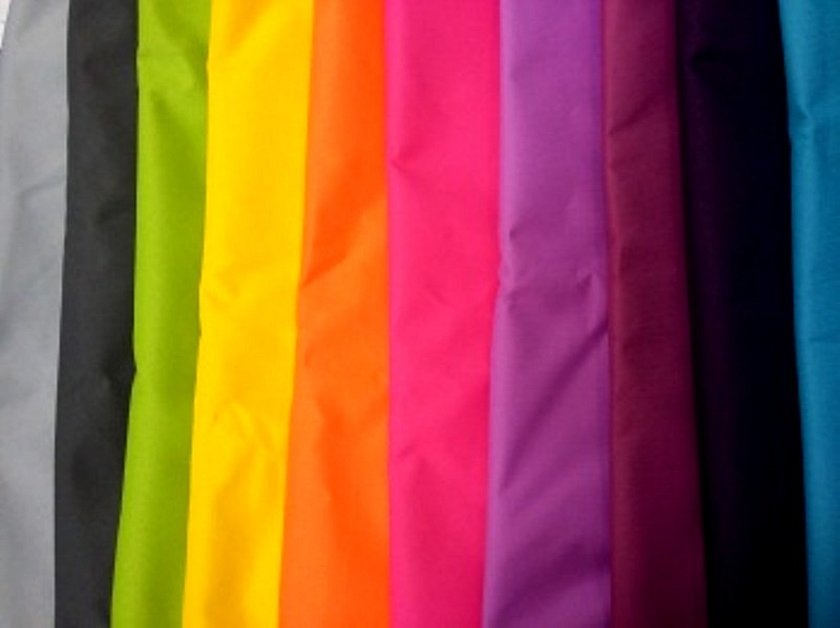
There are several layers in the membrane:
- The inner layer - the lining - provides the clothes with softness and comfort during wear.
- The membrane itself is a thin film of high-molecular substance.
- The front side is the appearance and protective function of clothing.
The base can be polyester, to which a membrane fabric is attached.

Why are such fabrics needed?
Membrane fabric - what is it in production? This material is one of the main components in the manufacture of clothing. Thanks to its properties, which are significantly ahead of other waterproof items, such as rubber boots, polyethylene raincoats, etc. What is it and they can protect from snowfall and rain, but it is quite problematic to be in them for a long time.

The human body secretes moisture, which can accumulate to a volume of 500 ml over the course of a day. It remains on the inside of clothing if the material it is made of is not waterproof. When a person is actively moving, much more liquid accumulates.
Membrane fabrics are aimed at allowing the skin to breathe without retaining moisture inside. However, water (rain, snow) that gets on the clothes is not absorbed into the fabric itself.
If we consider the principle of the membrane's operation, it will resemble a plastic bag with pores. For example, a supersalted solution is poured into the bag. When this liquid is placed in a saucepan (or any other container) with clean water, the salt will move through the pores into the clean liquid after a certain period of time. But not all molecules will pass through the pores, only small ones. Large ones will remain in the bag. Fabric works in the same way - it does not let anything inside, but at the same time releases small molecules from the inside.
Production technologies
Types of membrane fabrics do not belong to independent materials, they are used to create the necessary effect. The membrane is a layer that is connected to the main product so that it can be used in extreme situations or during sports.
The production of membrane is a complex process that requires considerable expenditure. Usually, clothing is produced in the following ways:
- The membrane is attached to the outer layer using soldering. The item becomes laminated.
- The fabric itself, from which the item is sewn, is treated with a waterproof compound, thus providing all the necessary protective functions.
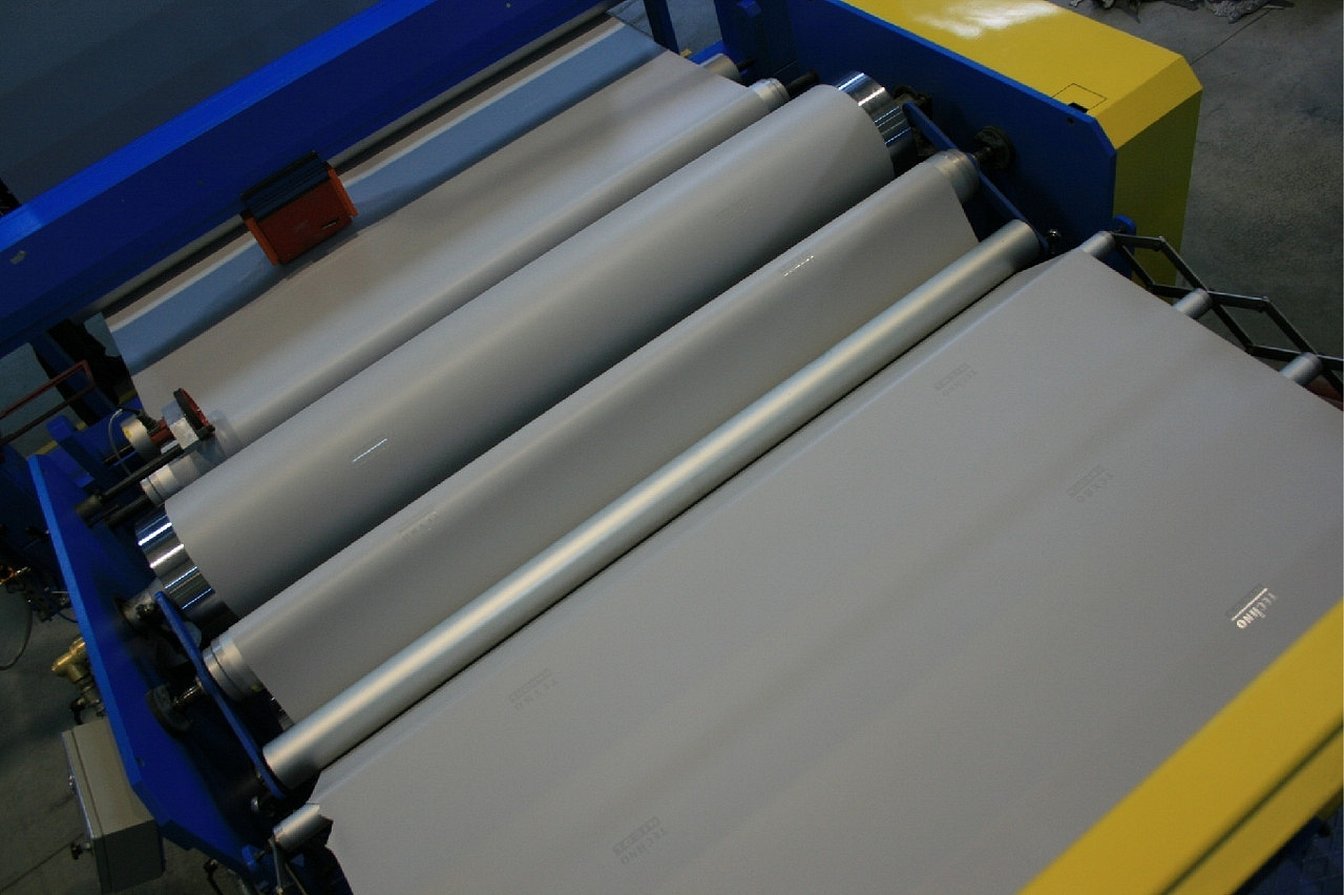
What types are there?
There are different membrane fabrics, with their own composition and characteristics. All of them are classified into 3 large groups:
- Porous. They are also called hydrophobic. This type has micropores that remove moisture from under the clothes. But on the outside, the material does not let liquid through, thus leaving everything inside dry.
- Nonporous. It is also hydrophilic. The membrane has no pores. Moisture is removed by diffusion, which means that vapors move from the inside to the outside. This process is quite long, which causes some inconvenience.
- Combined. This type combines the properties of the two membranes mentioned above. This membrane fabric is produced by applying polyurethane to a hydrophobic layer.
Please note! The pores in the hydrophobic membrane tend to become clogged (depending on the conditions under which the clothing is worn).

The material may also differ in the features of its structure and manufacture.
Characteristics
In order to understand that clothing or footwear is made of reliable and high-quality material, it is worth relying on the following properties (characterizing the membrane):
- The items are waterproof. The choice of model depends on how strong and long the liquid impact will be. 20,000 mm of water column and above is the maximum impact, 10,000 mm is also suitable for regular showers.
- Vapor permeability. Indicated in g/m squared. Zero is full vapor permeability, maximum is 30.
Membrane fabric is not intended for insulation. Its role is to protect against precipitation and strong wind, to provide comfort and reliable air exchange.
Breathable properties
The membrane material provides waterproofness and protection from gusts of wind, but at the same time retains its breathable properties, maintaining the temperature under the clothes. Therefore, such fabric is often used in sewing sports suits, mountaineering, skiing. Each type of material has its own indicator.
Selection rules
The choice is based on how the clothes will be used in the future. Usually, clothes are assessed by their level of water permeability:
- Above 10,000 mm — no water permeability. The fabric is perfectly protected from liquid and dirt. Suitable for increased physical activity.
- 5000 mm and above - slightly worse water resistance, suitable for hiking in mountainous areas and jogging.
- 3000 mm and above - does not allow rain moisture and dirt to pass through, suitable for moderate and minimal physical activity.
- 600-1000 mm - the membrane does not allow light rain to pass through and provides good protection against dirt.

What are taped seams?
On labels you can find the following inscription: "all seams are taped". Taped seams are used to make clothes more reliable and completely block the penetration of excess moisture inside. Using regular seams will allow liquid to get to the body.
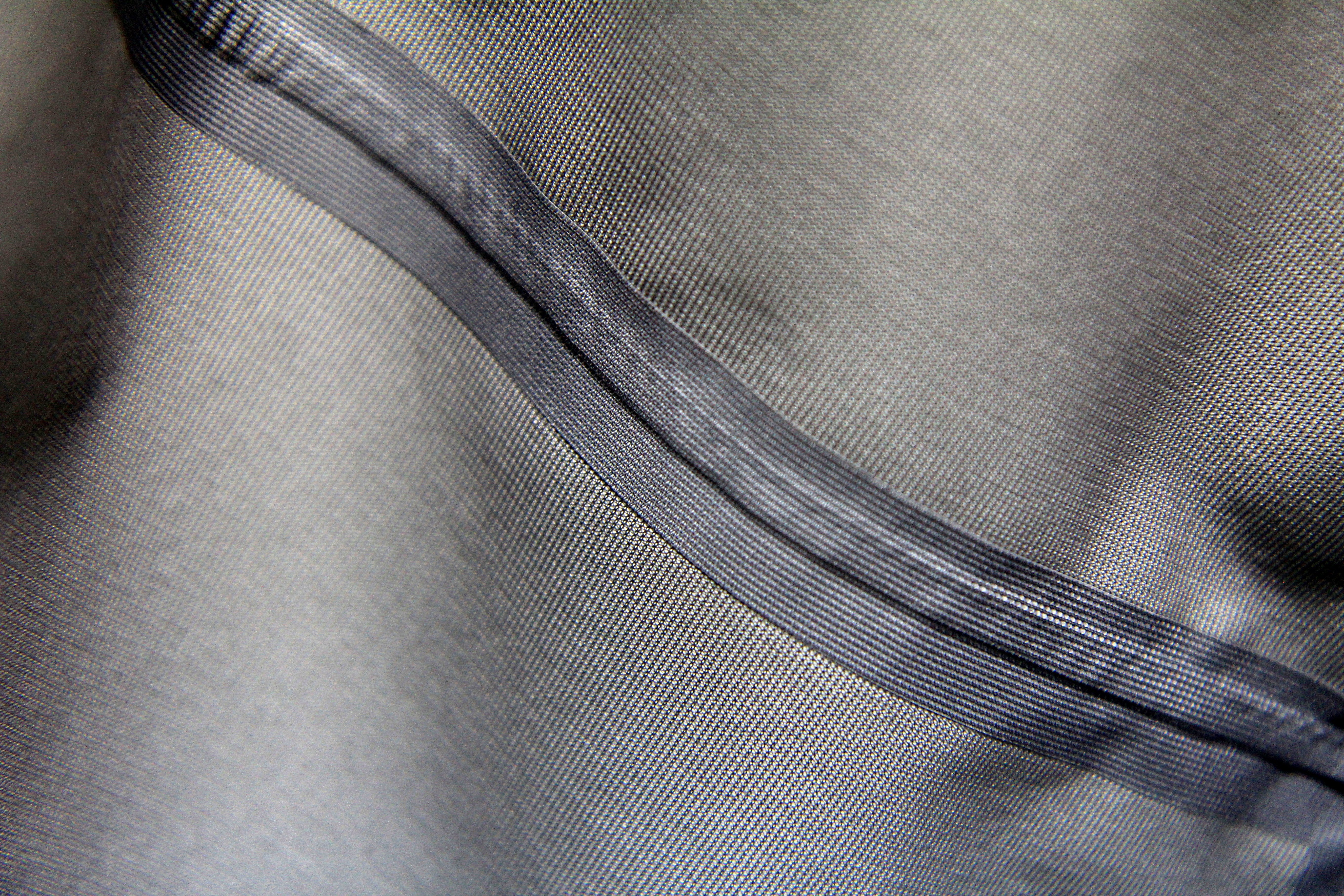
How to wear membrane clothing
Membrane clothing will be of no use if you wear something made of a non-breathable and waterproof material underneath it. You should not wear a cotton T-shirt under a membrane jacket and go out in the cold.
When wearing such things, layers are important, the correct selection of which will ensure long-term warmth and comfort. The classic combination option:
- 1 layer - thermal underwear or something made of high-quality synthetics.
- 2nd layer - wool or fleece (suitable for winter, in frosty weather).
- Layer 3 is the membrane suit itself.
For children, layers of clothing are selected based on how active the child is. If the back and neck are hot after a walk, it is better to remove a layer of clothing, and if the opposite is true, add one.
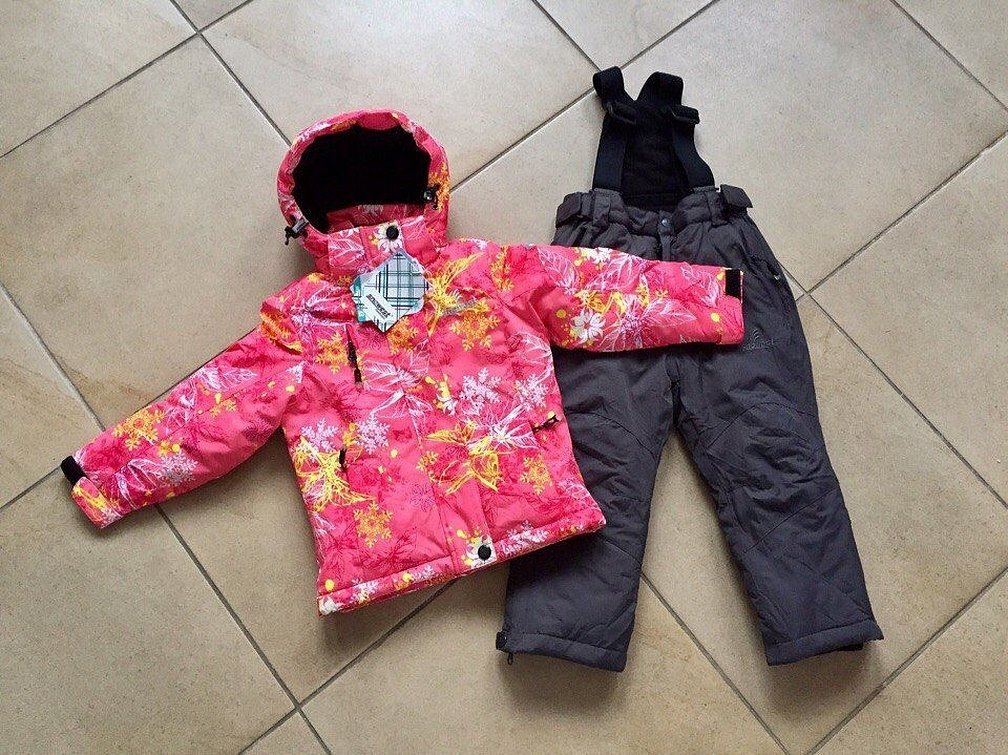
Storage of clothes
There are several rules for storing membrane items:
- Suits, overalls, jackets, etc. are not folded, but hung in a straightened form, after being covered with a protective polyethylene shell.
- You should not wear items made from highly absorbent fabrics under such clothing.
- Membrane fabrics are designed for active recreation.
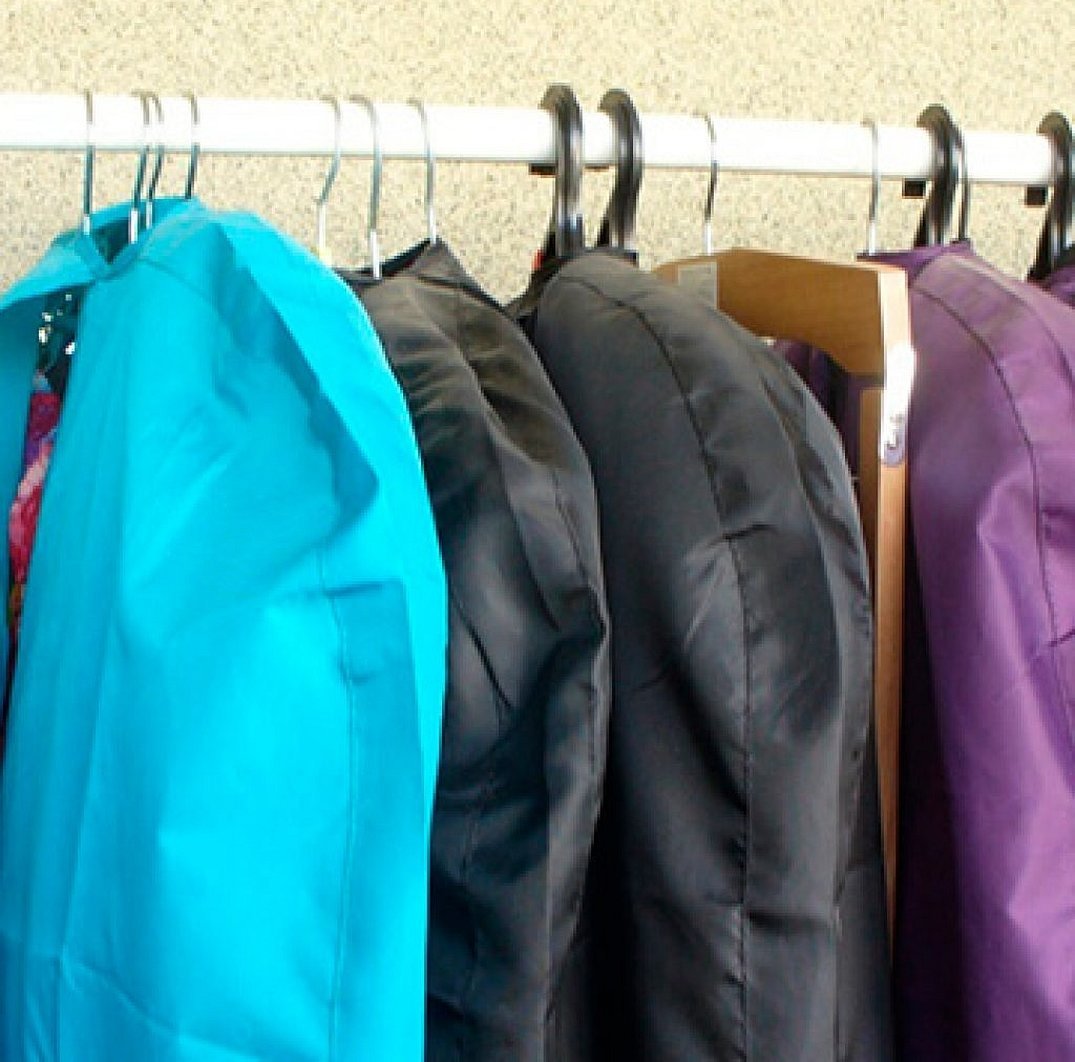
How to wash correctly
Membrane clothing requires proper care to avoid damage and preserve its properties for a long time. Before washing, items should be turned inside out, with all pockets and zippers previously fastened.
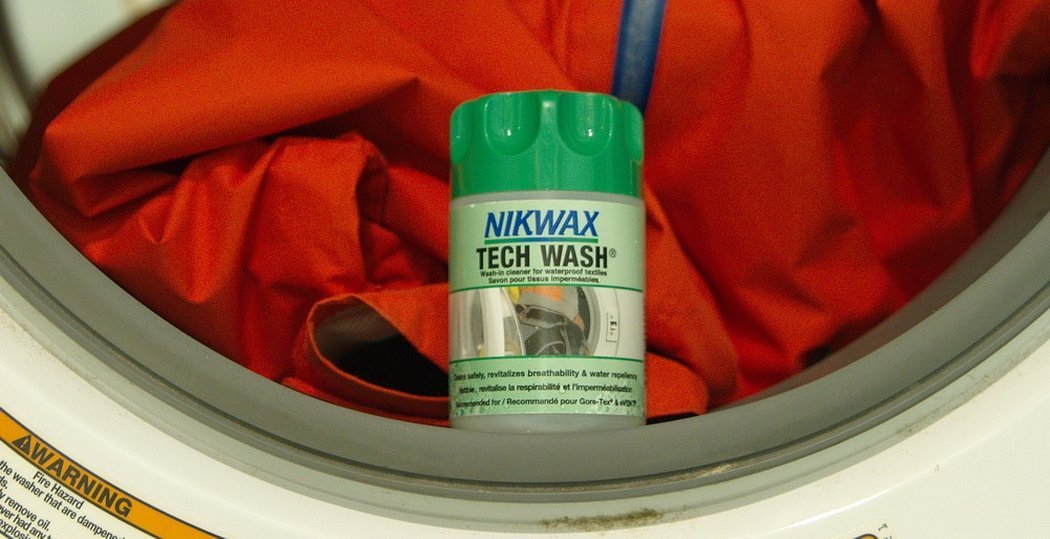
Hand wash
You should be careful when washing such items by hand - there is a risk of damaging the material.
- First, you need to wet the clothes.
- Baby soap or regular household soap will do as a cleaning agent. It can be grated into shavings to make the process easier.
- You need to rinse the product in soap several times and then rinse with warm water.
Machine
Membrane items are washed separately from all other items. The "wool" mode is suitable for washing. The best temperature for washing in a washing machine is 30-40 degrees. When washing, you can use both special products for membranes and gentle ones.
Shoe care
Membrane footwear is easy to care for because it can be washed with regular water. It is advisable to clean it once a month. When washing, it is best to use baby soap, a sponge and a regular toothbrush. After washing with soap, the shoes are rinsed and impregnated.
Special impregnations for shoes usually indicate that they are intended for membrane fabric. Creamy ones are applied once, and spray ones are applied 3 times, each new layer is applied after the previous one has dried.
Washed boots should be placed in a ventilated place, perhaps in front of a fan. They should be stuffed with paper or newspapers beforehand. The drying process takes a long time - and all this time the paper will need to be changed (at least 3 times).
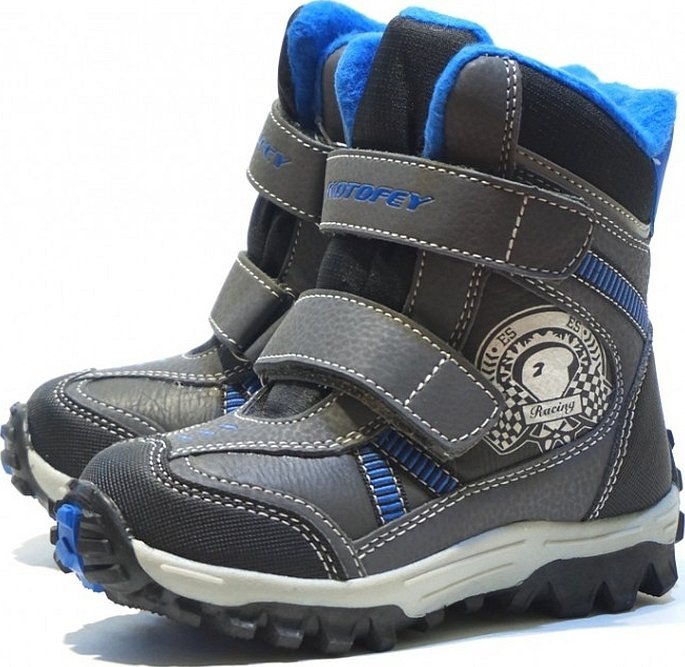
Why do membrane items get wet?
The main reason is the poor quality of the material. However, there are other reasons why the membrane gets wet. Moisture penetrates inside if the waterproofing does not match the weather, or if the person is simply in the water. Long walks through water or melted snow affect the fabric in the same way.
Please note! With proper water and vapor permeability, the membrane can become wet due to increased humidity in the environment itself.
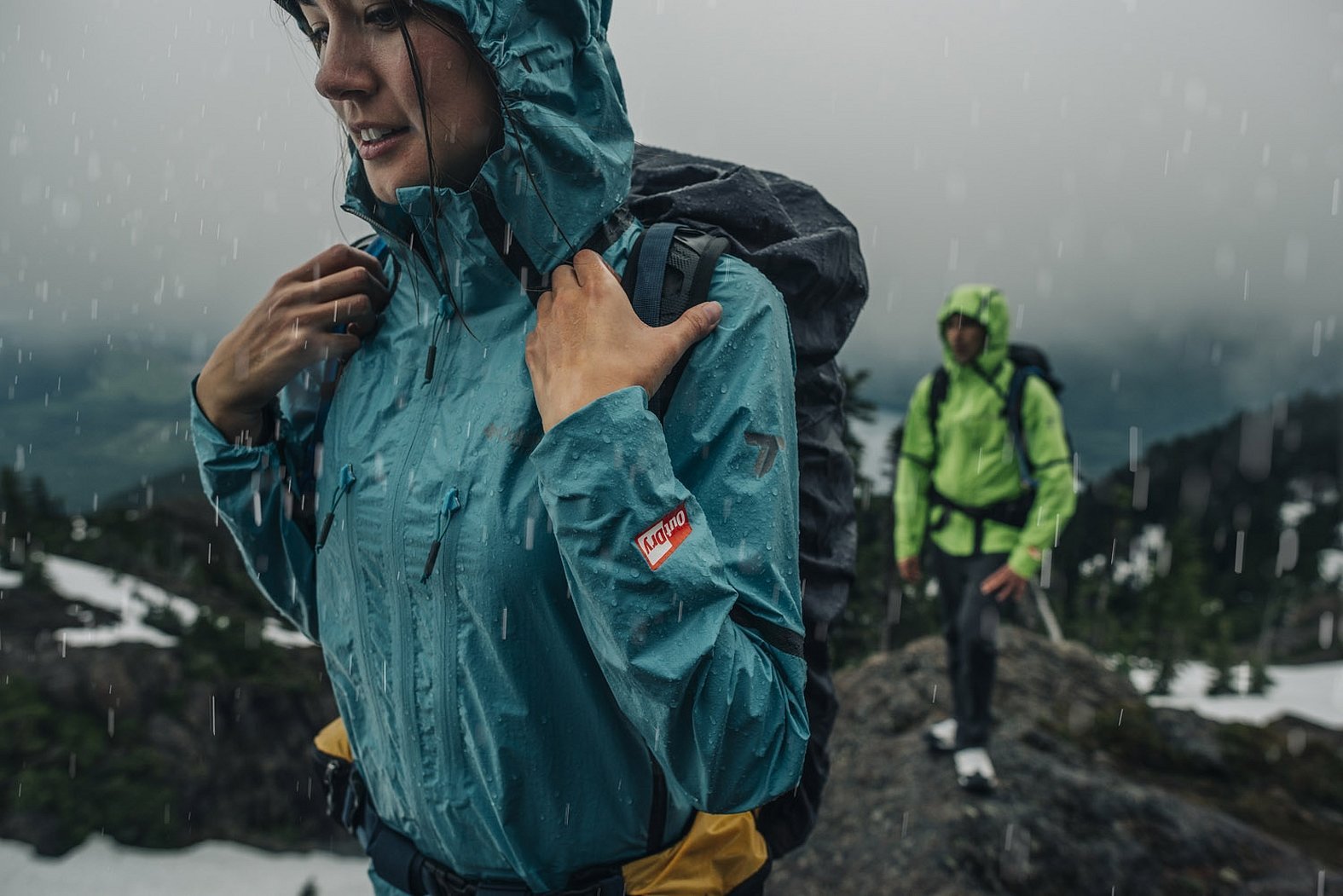
Pros and cons
This fabric has several recognized advantages, including:
- Ease.
- Easy to take off and put on.
- With the right selection of layers, a person will not sweat and will feel comfortable.
- Protects from precipitation and cold air.
- Does not absorb dirt.
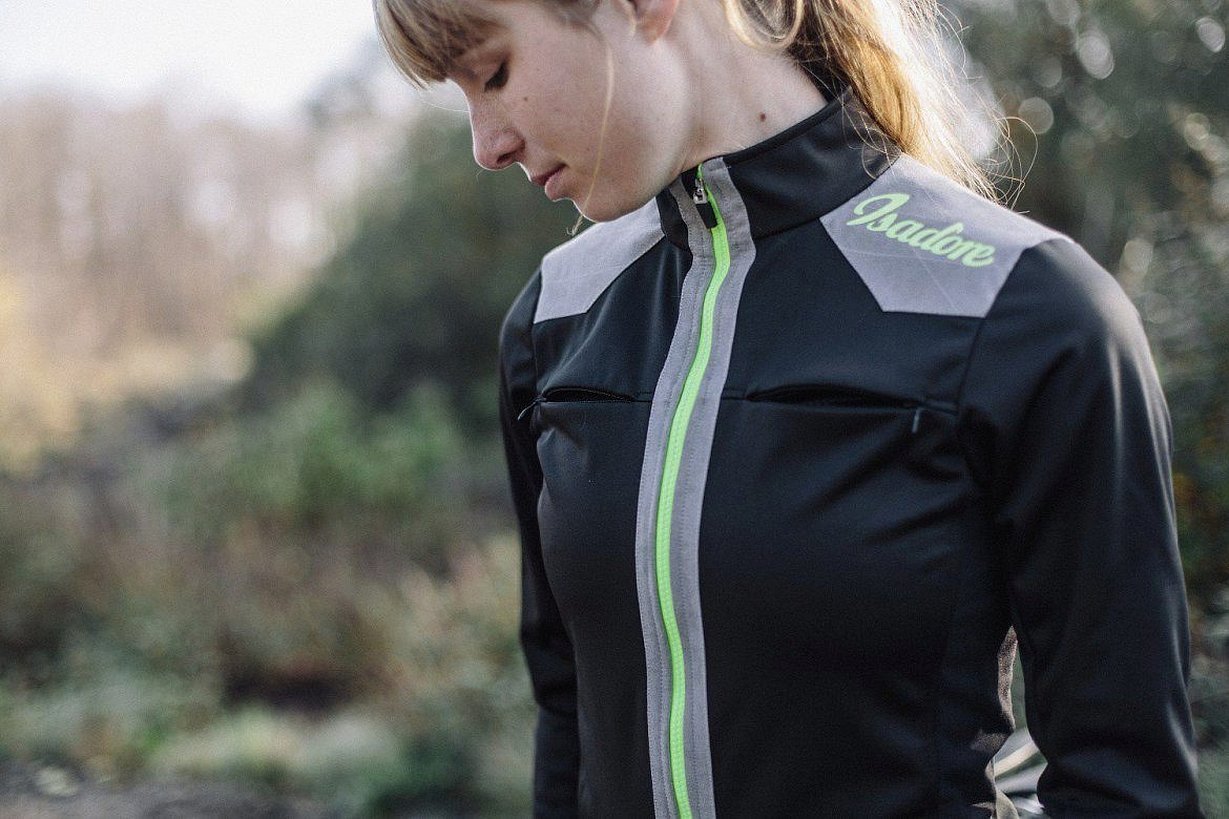
Of course, this material also has its disadvantages:
- You shouldn't wash such clothes too often - they will quickly deteriorate. In addition, after each wash you need to apply a special impregnation.
- Membrane fabric is short-lived - its properties will only show themselves for a few seasons.
- Sometimes it's hard to layer things like this.
In addition, clothing made from high-quality membrane is somewhat more expensive than clothing made from ordinary material.
The description of the properties, storage conditions, care, etc. helps to understand whether it is worth buying a membrane item. Those who are keen on rock climbing and other extreme sports should think about this, not forgetting about the quality and their own preferences.

